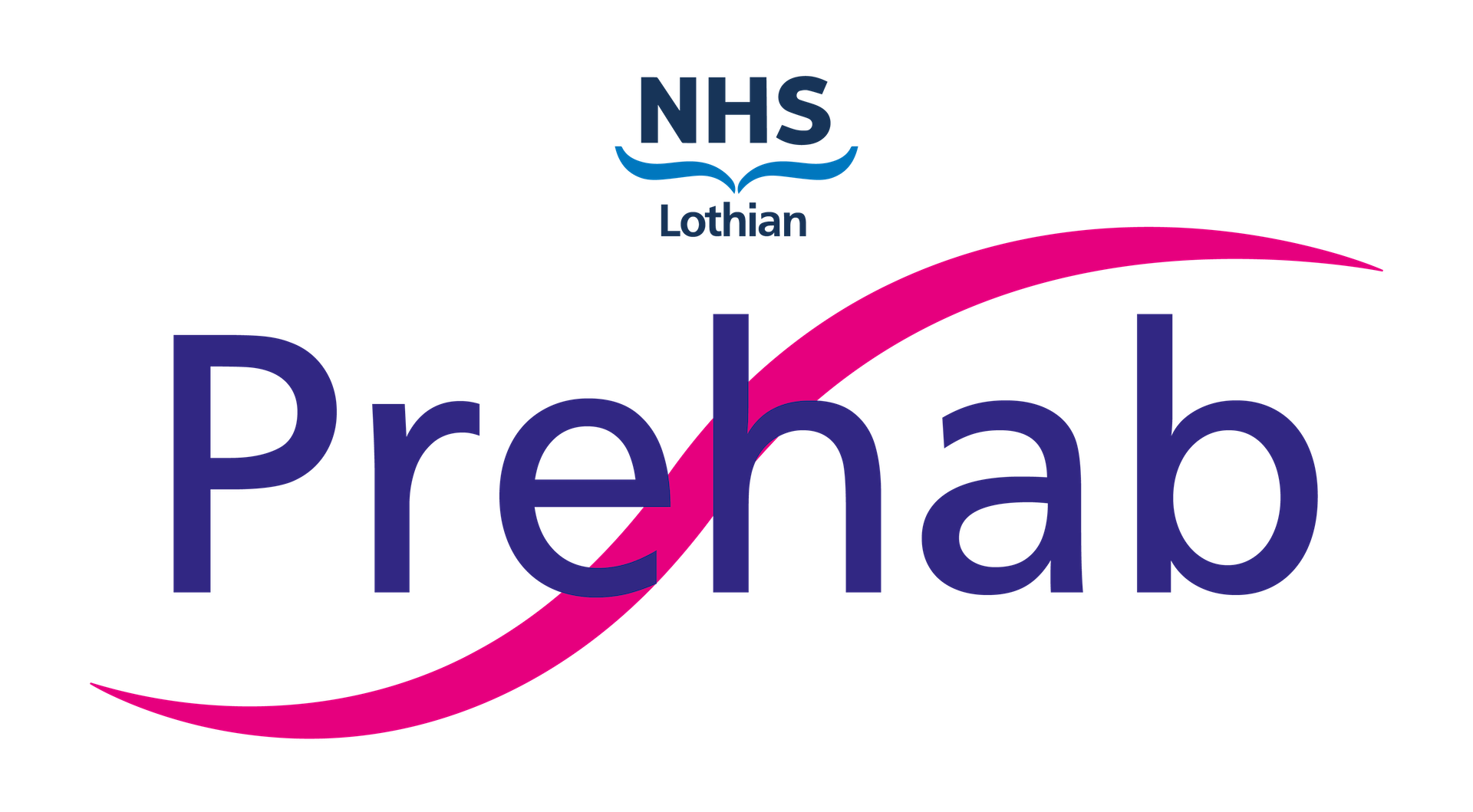Good aerobic fitness and lean muscle mass provide patients with the physiological ‘reserve’ to meet the demands of the surgical stress response.
Poor aerobic fitness and a lack of muscle mass (sarcopenia) have been identified as independent predictors of poorer surgical outcomes.
A chronically sedentary and inactive lifestyle predisposes to development of these issues alongside multiple other chronic health conditions such as obesity, coronary heart disease and diabetes mellitus.
Approximately half of adults presenting for major surgery demonstrate chronic sedentary behaviour and inactivity with associated low levels of fitness.
